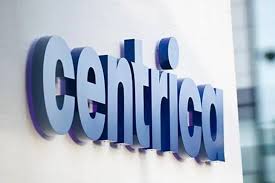Real Estate Credit Investments Ltd (LON:RECI) current discount to NAV (15%) suggests to us that some investors could be concerned that potential issues with commercial real estate (CRE) will dramatically affect the trust’s assets. In our view, the key reasons why they should not lie in RECI’s management of its position as a debt provider and in its asset selection. We note i) CRE equity holders take first losses (with a 60% LTV, RECI has a big cushion), ii) when accounts have got into difficulties, RECI has typically seen more funds injected by the equity backers, iii) CRE equity holders suffer from rising rates, as value transfers from equity holders to debt providers, and iv) Real Estate Credit Investments has limited office exposure (none in the US) – the sector most exposed to working from home.
- CRE equity holders vs. debt: CRE equity holders are affected directly by falling CRE prices, rents and rising borrowing costs. The risks to a debt provider to CRE (like RECI) arise from the probability of a borrower defaulting and loss in the event of default, not CRE prices alone. We detail below how RECI materially reduces both of these factors.
- July 2023 factsheet: The underlying NAV rose 1.5p, due to recurring interest income (1.0p). Cash was £17m, and gross leverage £90m. The book has 45 positions (30 loans, gross drawn value £371m, and 15 bonds, fair value £35m – down from 26 and £90m, respectively, at end-March). The weighted average LTV is 60%, and the yield is 10.8%.
- Valuation: In the five-year, pre-pandemic era, on average, RECI traded at a premium to NAV. In periods of market uncertainty, it has traded at a discount. It now trades at a 15% discount, a level not seen since late 2020. RECI paid its annualised 12p dividend in 2022, which generated a yield of 9.5% ‒ expected to be covered by interest alone.
- Risks: Credit cycle and individual loan risk are intrinsic. All security values are currently under pressure. We believe RECI has appropriate policies to reduce the probability of default and has a good track record in choosing borrowers. Some assets are illiquid. Much of the book is development loans.
- Investment summary: Real Estate Credit Investments generates an above-average dividend yield from well-managed credit assets. Income from its positions covers the dividends. Sentiment to marketwide credit risk is currently difficult, but RECI’s strong liquidity and debt restructuring expertise provide extra reassurance. Where needed, to date, borrowers have injected further equity into deals.











































